Season Review: JJ Villard’s Fairy Tales Season One
Overview:
Welcome to the Land of Villardia! A world where all of the popular fairy tales that you grew up with and have been hammered into pop culture co-exist together in a perverted cocktail of depravity. All of the most celebrated fairy tales get macabre facelifts in JJ Villard’s revisionist take on the classics of the Brothers Grimm. Easily digestible in quarter-hour episodes, JJ Villard’s Fairy Tales pushes these childhood stories into mature territory and comfortably fits into Adult Swim’s acerbic schedule.
Our Take:
Imagine if all of the classic fairy tales that you grew up with weren’t told by the Brothers Grimm, but rather the Safdie Brothers, and you’ll maybe begin to understand a fraction of the weirdness that’s present in J. Villard’s Fairy Tales, Adult Swim’s newest animated series. This is a show that takes innocuous narratives that were meant to be helpful with their morals and floods them with blood, death, and demonic activity. They’re stories that would soothe Rosemary’s Baby into slumber, but they’d traumatize any other child. JJ Villard’s Fairy Tales embraces that dangerous dichotomy and tries to push its stories as far as possible.
The tallest task that JJ Villard’s Fairy Tales faces is that it’s far from the first—and it won’t be the last—to re-frame fairy tales in radical new ways. The Adventures of Rocky and Bullwinkle and Friends was doing it all the way back in the ‘60s and in the decades that have followed it feels like most fairy tales that have been tapped dry at this point. A show like this could easily feel redundant and recede into the background, but JJ Villard’s Fairy Tales avoids this by how it so firmly features a distinct point of view from Villard and never feels too restricted by the plot of the original stories.
The fairy tales that are remixed in season one are Goldilocks and the Three Bears, Rapunzel, Little Red Riding Hood, Pinocchio, Rumpelstiltskin, and Snow White and the Seven Dwarves. Of all of the ridiculous places that these episodes go, the series’ takes on Little Red Riding Hood and Pinocchio are the strongest examples of what this show can accomplish. Little Red Riding Hood is transformed into a brutal story about border control laws and the drug cartel, while Pinocchio does its best impression of A Clockwork Orange and exposes the darkness of the classic story about a little wooden boy. The second half of the season really finds its rhythm and takes more interesting deviations from its source material.
The majority of the episodes in this first season end in total carnage or happy endings that are so tinged with darkness that it’s hard to consider them victories. At a certain point this apocalyptic storytelling becomes expected to some degree, but the episodes still find ways to subvert expectations with how everything goes to hell. Sometimes episodes will conclude with a “standard” murder-suicide, but at other times monsters will rise to authority or other fantastical disasters will play out. During these moments of doom, everyone has smiles plastered on their faces and they fall back on hollow virtues. This is despair that masquerades as glee and in that sense JJ Villard’s Fairy Tales operates as a clever tonal update to the inherent darkness of the original Brothers Grimm fairy tales.
JJ Villard’s Fairy Tales continues to build on the nihilistic brainwashing nature of fairy tales with his use of subliminal messages within the series. Anachronistic phrases or buzzwords are spliced into episodes. These are typically used as just additional agents of chaos on top of everything else, but at times they do actually compliment the subtext of the episode. Subliminal messages and images are something that Villard has always played around with and are not unique elements to Fairy Tales, but they feel the most motivated in this show due to the inherently educational aspect of children’s literature. In another series this technique could feel unnecessary or belabored, but in JJ Villard’s Fairy Tales it enhances the show’s overall message.

This playful deception is also hammered in with the show’s animation style and aesthetic. Villard is someone who’s capable of very complex and extravagant animated series, like with his fever dream of a series, King Star King. JJ Villard’s Fairy Tales is considerably calmer and the simplistic animation is intentionally reminiscent of the Little Golden Books children’s lit.
Villard finds fun ways to transform this tame style in his own way and there are glimpses of Tex Avery and more intense material that occasionally happen during unexpected moments. JJ Villard’s Fairy Tales is perhaps not as manic of a visual delight as King Star King, but it feels appropriate for the subject matter and it’s still a good use of Villard’s skills. It fulfills a niche that otherwise goes untapped on Adult Swim’s slate.
JJ Villard’s Fairy Tales isn’t afraid to lean into its darker thoughts, but it’s also a series that has an unabashed love for the horror genre. Adult Swim’s Ballmastrz: 9009 is a passionate love letter to anime and in many respects it feels like JJ Villard’s Fairy Tales is the same thing, but for horror. The subject matter skews towards murder and mayhem, but it’s the talent that’s been assembled for the show’s voice actors where the horror passion really comes forward. Every installment features the voices of numerous horror icons and it’s a lot of fun to get absurd characters who are played by the likes of Heather Langenkamp, Linda Blair, Robert Englund, Warwick Davis, and even deeper cuts like Basket Case’s Kevin Van Hentenryck. Pieces of the score from The Shining and A Clockwork Orange are gleefully peppered into episodes for dramatic effect, too.
The first season of JJ Villard’s Fairy Tales is a brief six episodes, but it accomplishes a lot in these entries and gets to show off enough of a range. There are absolutely plenty of fairy tales to pull from for future seasons, but Villard has spoken about how he’d also be interested in getting a little more ambitious with the show’s premise. Villard has presented the idea that each season of this show could tackle different traditional narratives, whether that’s Bible stories, Greek mythology, or fairy tales from different cultures. Hopefully the show is able to move forward with this direction because it gives the show a much greater shelf life. This season didn’t struggle with fairy tales, but another year of that could definitely hit diminishing returns and a fresh concept for every season helps them only select the very best of stories.
JJ Villard’s Fairy Tales is an entertaining series and while it’s not the best or most ambitious show that’s ever aired on Adult Swim, it’s very easy to watch and absolutely understands what it is. Sometimes the show’s obsession with being crude can overpower the strong story ideas that are present, but episodes are never fully derailed in this regard. JJ Villard’s Fairy Tales succeeds in making these old stories not only feel new again, but exciting and surprising, too. These are the kinds of stories that will cause Mother Goose to lay a rotten egg and I’d have it no other way.


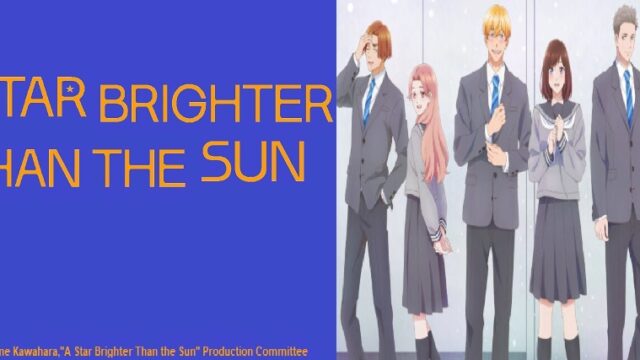
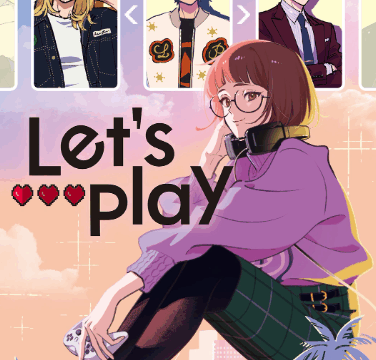
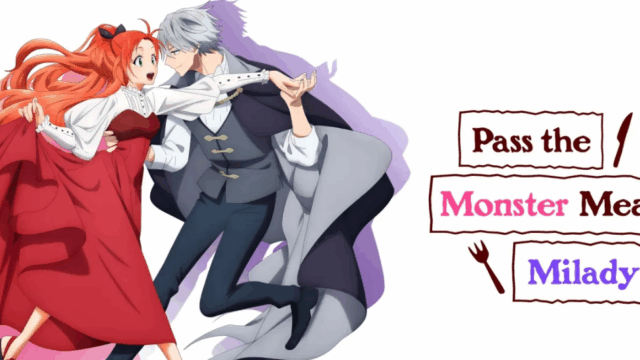











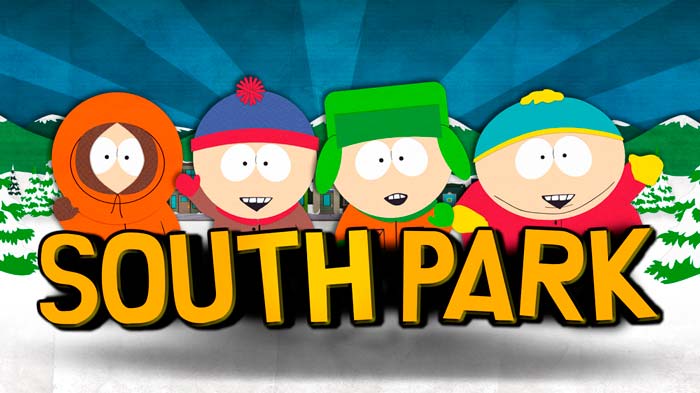


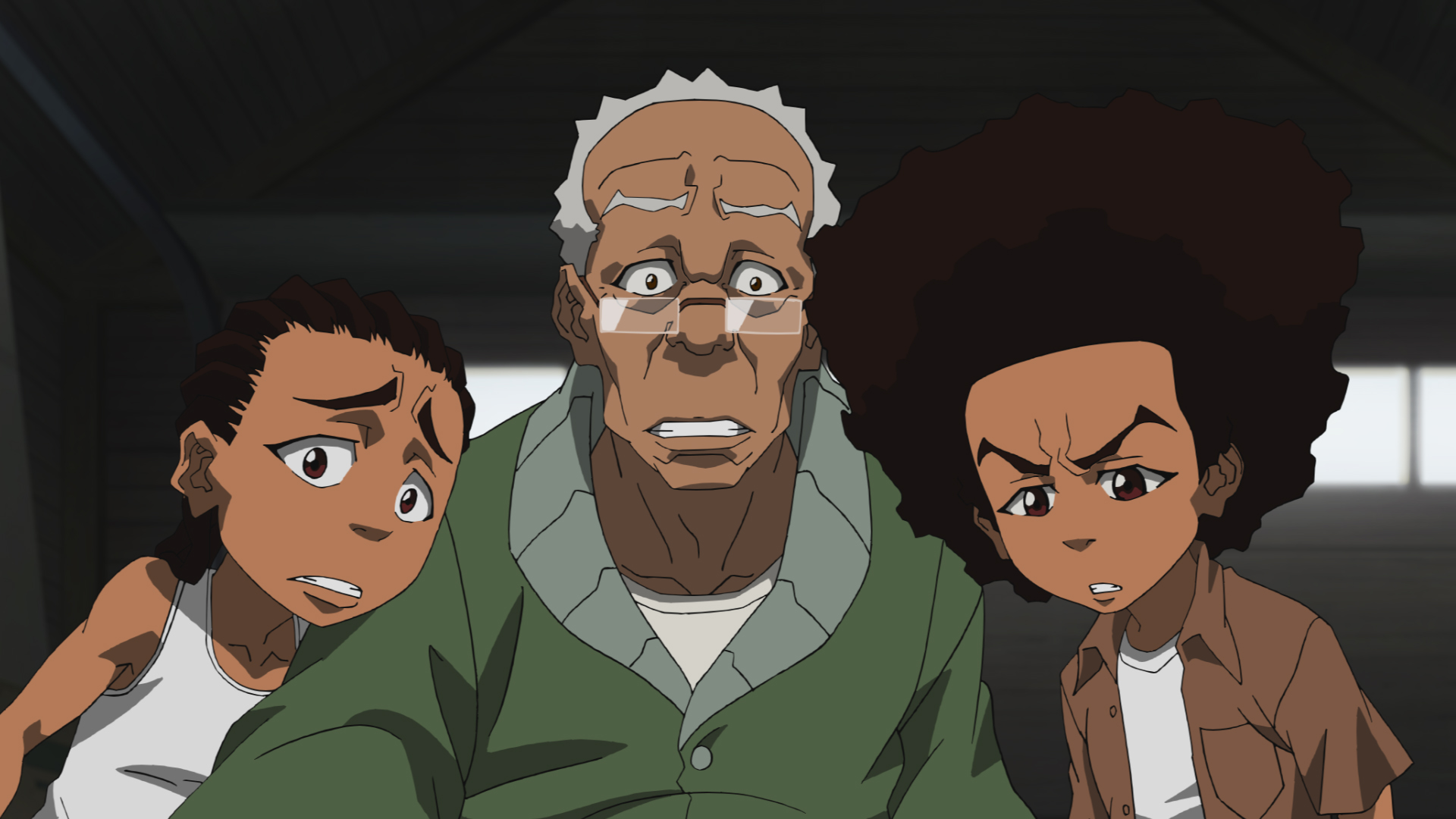





"There are also other characters that come and go (also owned by the Warner Bros. Discovery conglomerate media company)."
Huh. Is that just referring to other characters from the show itself, or is this implying that the new season is going to have cameos from other WBD IPs